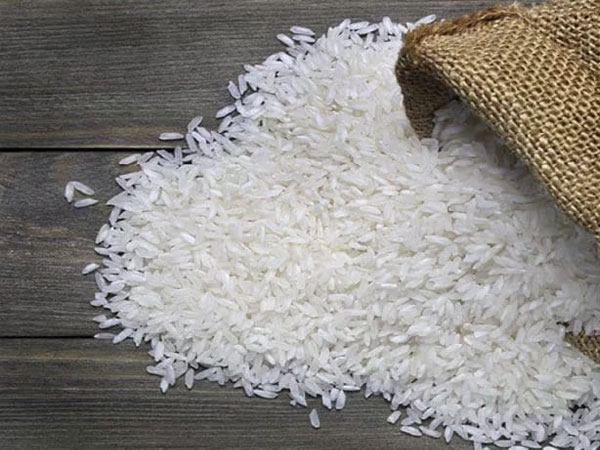 India’s aggressive export drive is likely to extend its grip on global rice trade, where it already accounts for around 40% of shipments
India’s aggressive export drive is likely to extend its grip on global rice trade, where it already accounts for around 40% of shipments
INDIA – India, the world’s leading rice exporter, is seeking to further consolidate its dominance in the global rice market during the 2025/26 season, raising concerns over prolonged weakness in international prices.
The Indian Rice Exporters Federation (IREF) has outlined an ambitious export target of 30 million tonnes for the new season, which begins in October, according to remarks by its president, Prem Garg, cited by Platts on September 26.
While more conservative forecasts project shipments in the range of 22 to 23 million tonnes, the higher target reflects India’s record rice harvest and growing exportable surplus.
India is set to harvest an estimated 145 million tonnes of rice this year, ensuring adequate supplies for its domestic market while leaving significant volumes for overseas trade.
The Food Corporation of India (FCI), which manages government procurement and stocks, expects to hold 40 million tonnes of non-basmati white rice in warehouses, compared with 28 million tonnes a year earlier.
Such ample availability provides India with the opportunity to expand its market reach beyond traditional buyers in Africa. Discussions are already underway with the Philippines, a key importer in Asia, though the country recently suspended imports for 60 days to protect local farmers.
Market observers note that India’s aggressive export drive is likely to extend its grip on global rice trade, where it already accounts for around 40% of shipments.
This, however, comes at a time when international rice prices are under pressure. On September 25, benchmark Thai 5% broken rice fell to US$347 per tonne, the lowest level since 2017, according to Platts. Prices have been weighed down by subdued import demand and the depreciation of the Thai baht.
In Southeast Asia, both the Philippines and Indonesia have taken steps to reduce reliance on foreign rice. Indonesia is promoting a food sovereignty strategy that emphasizes domestic production over imports, while the Philippines’ temporary suspension of purchases has further slowed regional trade activity.
Buyers are also delaying orders in anticipation of lower prices, a dynamic that could squeeze margins for other major exporters such as Thailand, Vietnam, and Pakistan, which are already grappling with rising costs and stiff competition from India.
However, analysts caution that while India’s larger volumes may ease food security concerns for importing countries, its aggressive strategy could intensify challenges for competitors and prolong the bearish price cycle in the global rice market.




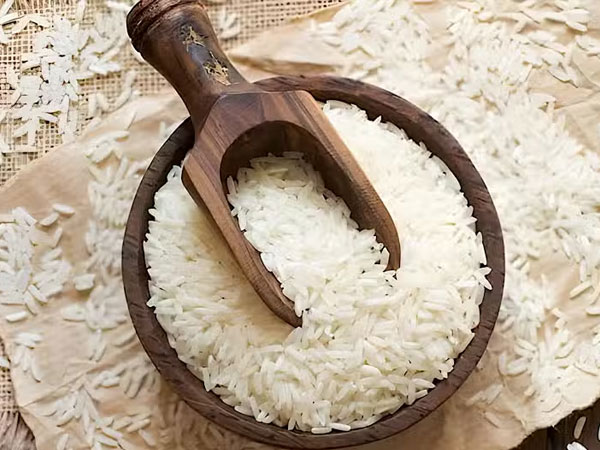
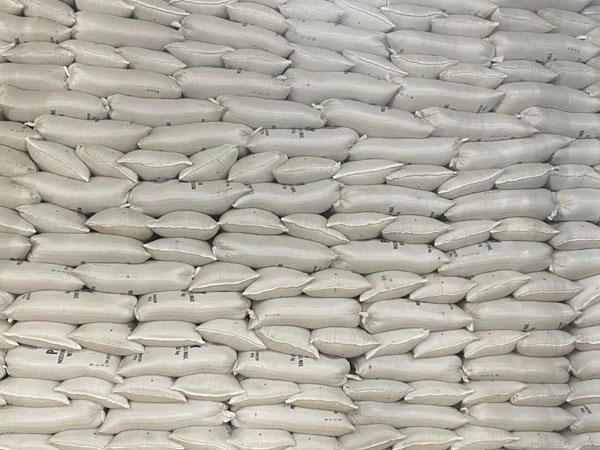


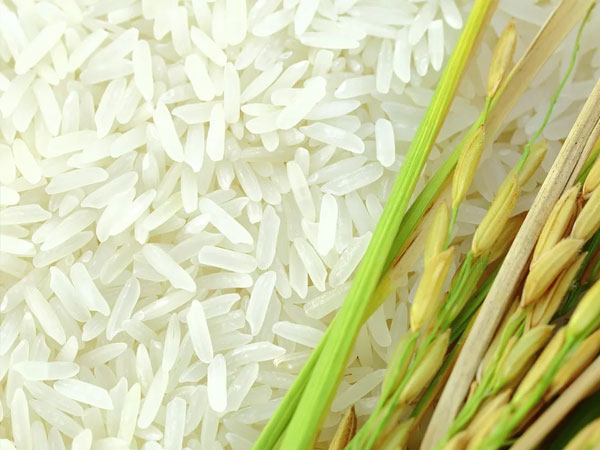
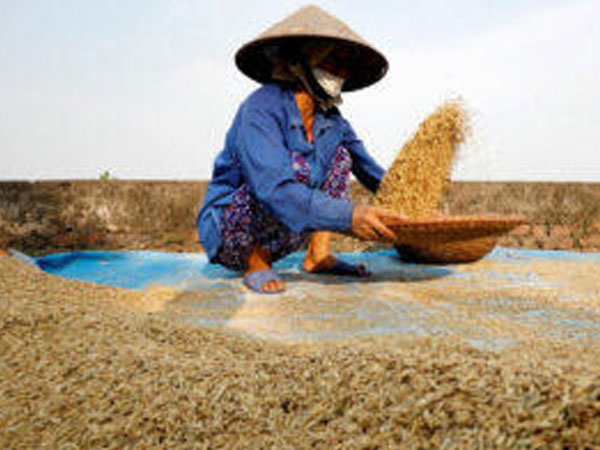
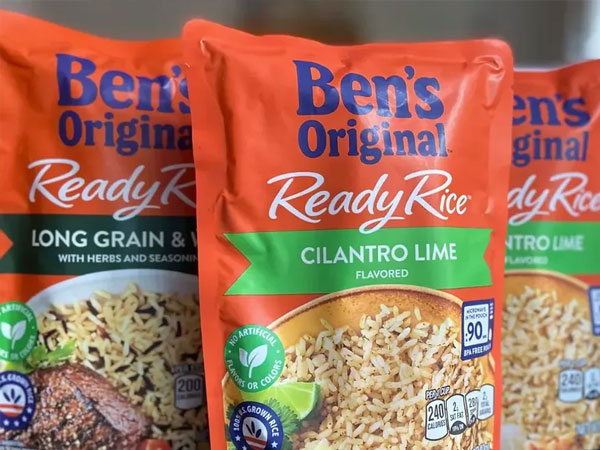



© Copyright 2025 The SSResource Media.
All rights reserved.